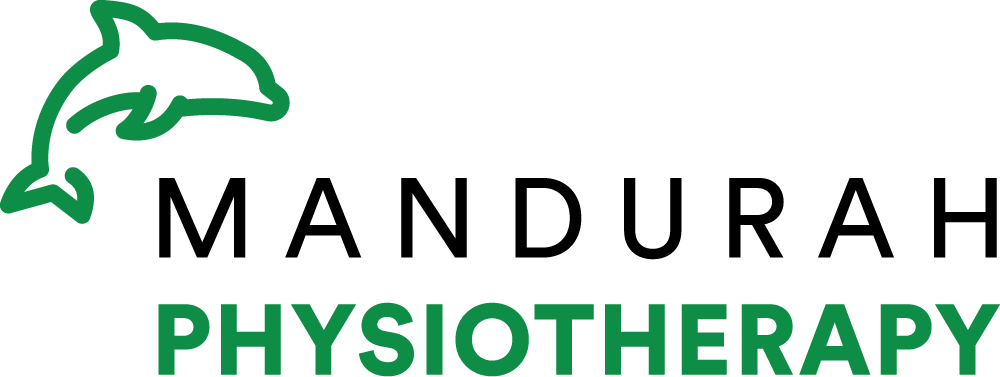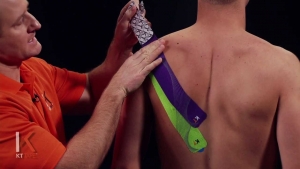Dislocation or subluxation of the shoulder is a result of shoulder instability. Dislocation is when the joint pops out of joint and has to be assisted back into position, or slowly goes back into position with time. Subluxation is when the shoulder joint pops out and then goes back into position immediately. It can still cause a lot of pain and inflammation because tissues have been stretched beyond what they were designed to do.
Instability injuries are common around the shoulder. Instability of the shoulder is commonly seen in association with other injuries. Rotator cuff, labrum tears, fracture, axillary nerve involvement, are typical examples. Stretching of the shoulder capsule and the ligaments that are associated with it (anterior, medial and inferior), create most of the instability.
There are 4 common forms of instability:
1. Anterior/front (most commonly seen and often traumatic)
2. Posterior/back
3. Inferior (can be indicative of multidirectional laxness)
4. Multidirectional
Anterior dislocations or subluxations usually occur when the arm is abducted and externally rotated, and there is a blow to the back of the shoulder. The Apprehension test can be gently tested with the patient in sitting. Always compare both shoulders to get a feel of the normal shoulder movement of that patient.
Posterior Instability is most likely to be initiated when the arm is in mid-flexion, and the head of the humerus is forced posteriorly. It is not commonly seen. It can be tested with the patient’s arm at 90 degrees flexion and applying pressure through the arm towards the shoulder joint.
Inferior instability is most easily tested with the sulcus test of comparing the levels of the humeral heads in the resting shoulders. Shoulders that dislocate or sublux on a regular basis will eventually develop this instability and very occasionally it is seen in an acute instance from a caudal force to the shoulder.
Multidirectional instability usually occurs over a period of time, although it can be initiated with a traumatic event. An inferior unstable shoulder will usually be multidirectional. It is most often treated with rehabilitation.
Unilateral dislocations more commonly occur with trauma. Most Orthopaedic surgeons will stipulate the importance of surgery at an early stage to avoid further dislocation and damage. This is especially important for the younger patient.
Instability in shoulders that are treated conservatively has a moderate success rate. Treatment usually concentrates on specific strengthening exercises and minimal stretching. Recent research shows that upper trapezius training and scapular stabilizing work may play a significant role in assisting to stabilize the unstable shoulder.
Treatment usually results in some increased stability although, for the more aggressive sports, taping is recommended to avoid further damage. In some cases, surgery may be the only option. Rehabilitation work, post surgery, is very important for full recovery and function. Our shoulder joints are complicated joints due to their large range of movement and amount of soft tissue support. Assessment and treatment by an experienced physiotherapist is vital for optimal recovery.


